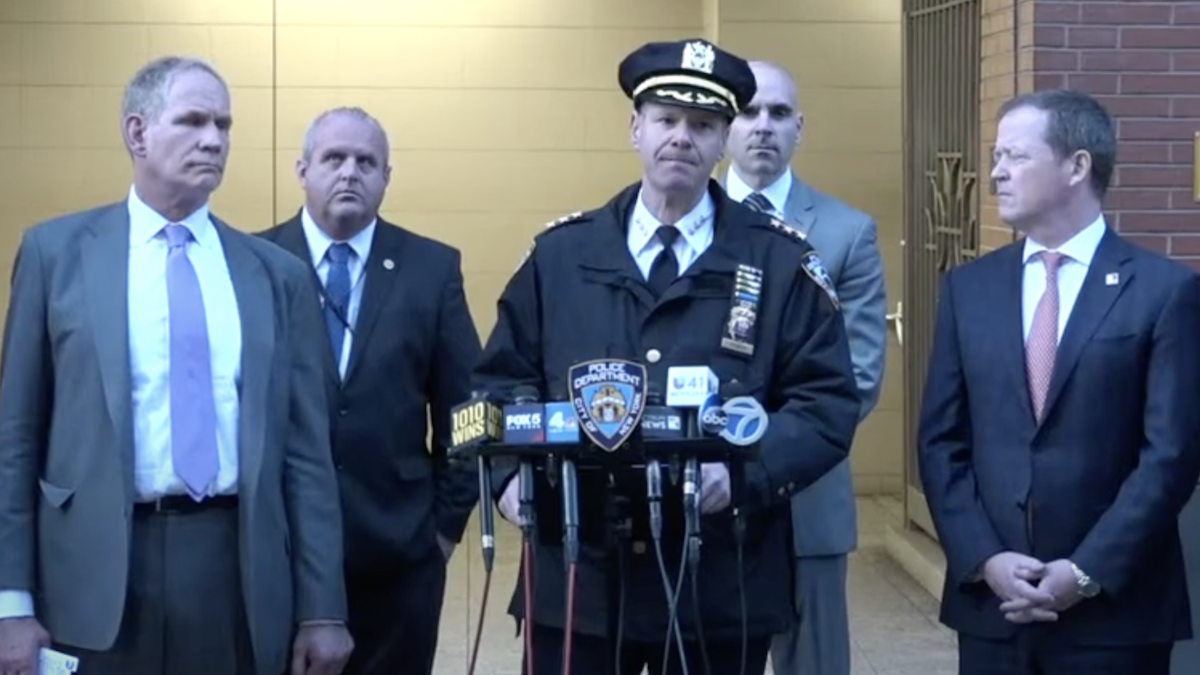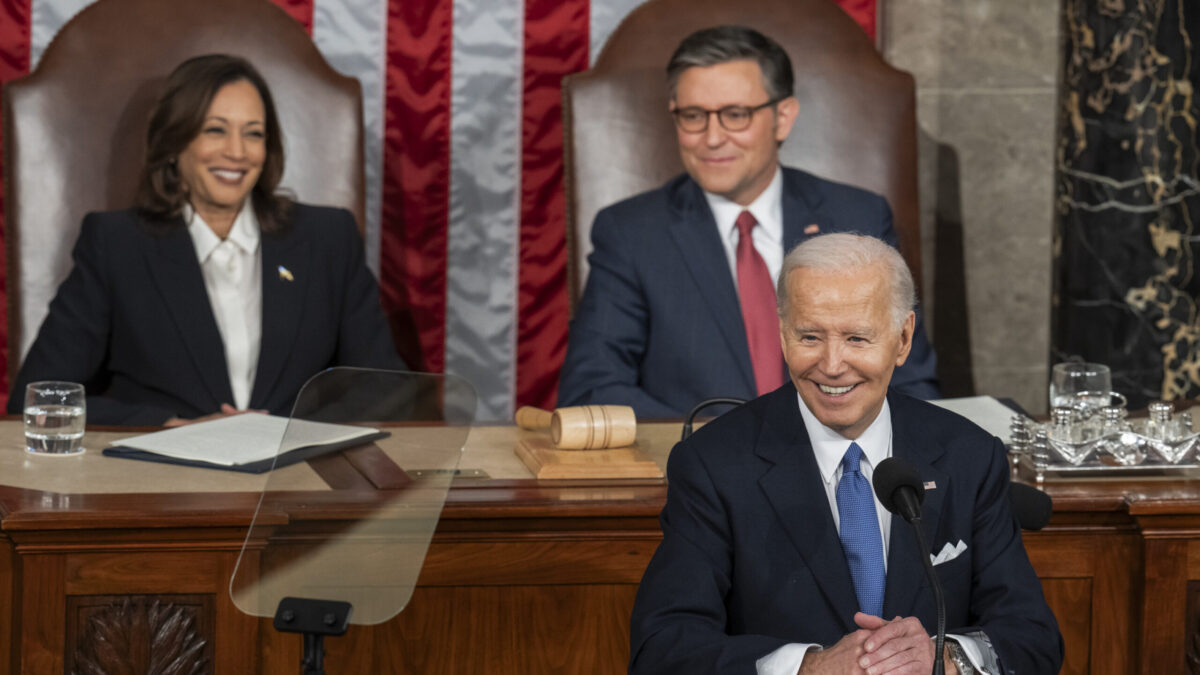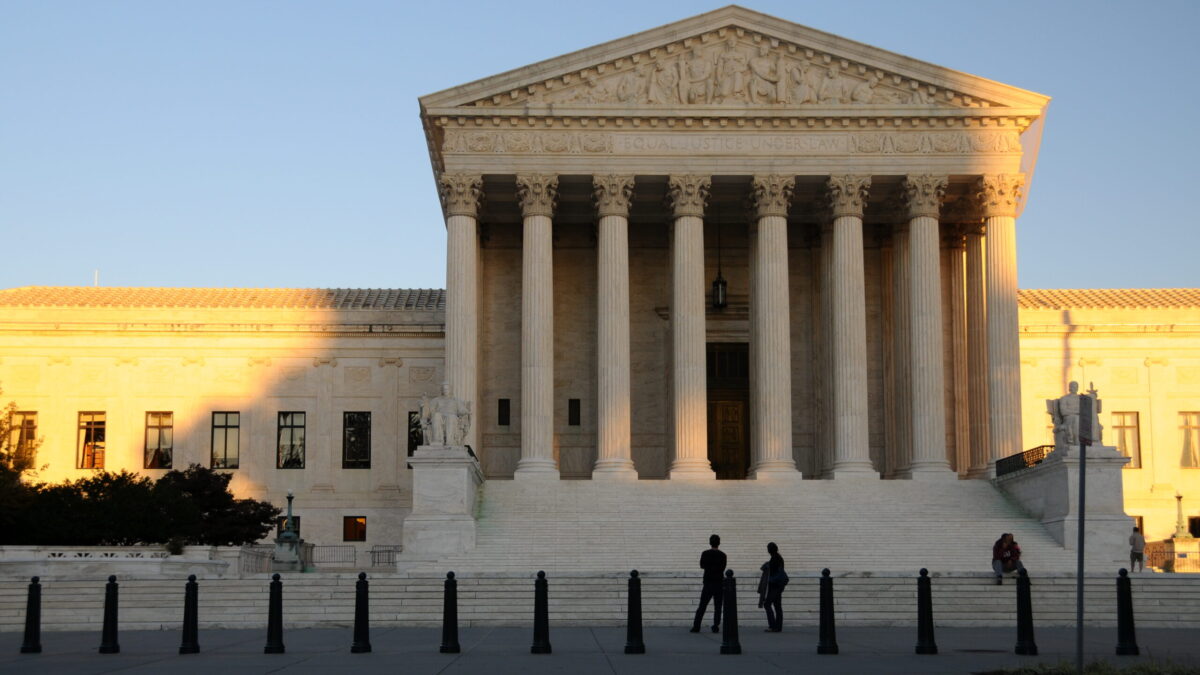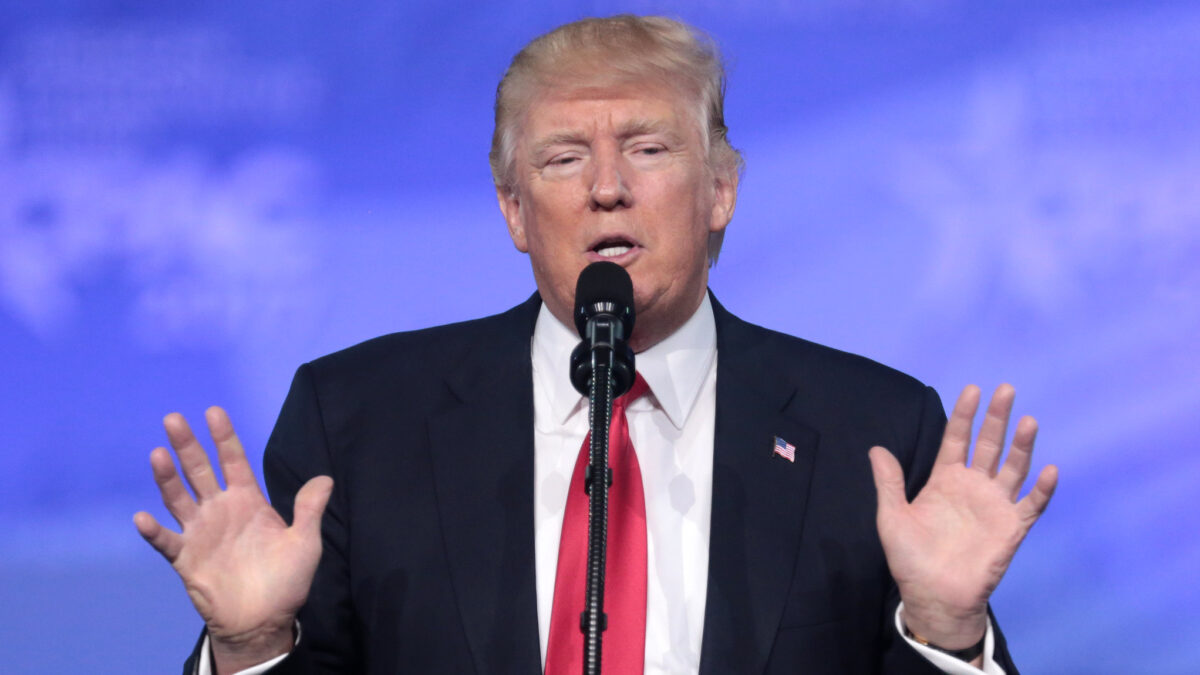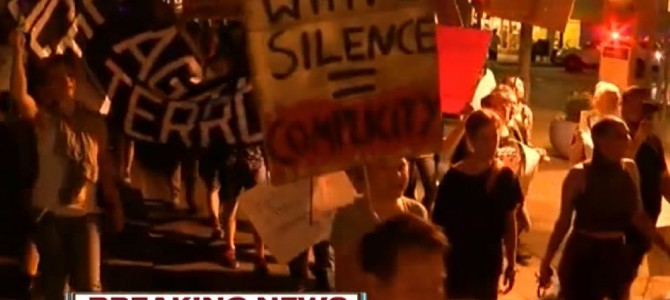
In the aftermath of police killings of two black men—Alton Sterling in Baton Rouge, Louisiana, and Philando Castile in Falcon Heights, Minnesota—Black Lives Matter (BLM)-led protests have sprung up in cities all over the country. While their grievances are clear and compelling, their methods of achieving redress are questionable and may hurt the movement’s long-term goals.
BLM may intend to do the right thing: enlighten the public about injustices within the black community, especially at the hands of law enforcement.
#BlackLivesMatter advocates dignity, justice and freedom. Not murder.
— Black Lives Matter (@Blklivesmatter) July 8, 2016
After the news of Castile and Sterling’s deaths hit the nation, BLM held a protest in Dallas, Texas. Although that protest started out peacefully, it ended in bloodshed when a gunman who had a vendetta against white cops murdered five and injured several other on-duty officers.
Texas Lt. Gov. Dan Patrick blamed BLM: “I do blame people on social media, with their hatred toward police. I do blame former Black Lives Matter protests ― last night was peaceful, but others have not been… this has to stop.”
The events in Dallas have set off a firestorm of protests, demonstrating just how livid and unruly the movement has become. Instead of protesting peacefully nationwide and despite condemning the Dallas shooting, BLM is doubling down in its protests, often violently. They shut down an interstate and major thoroughfare in Miami. In Oakland, protestors vandalized a police station with red paint and spray-painted streets, also stopping traffic on an interstate, during which protesters climbed atop a stalled semitrailer. Others lit a bonfire on the freeway.
Even widely viewed photos such as this one hide this aspect of violence, as the woman looks peaceful yet is being removed from a roadway she refused to exit of her own volition in an attempt to keep disrupting traffic.
Powerful image of protester being detained near HQ of the Baton Rouge PD. via @reuters https://t.co/VVBnwixzqp pic.twitter.com/sM4QndNlfb
— Jim Roberts (@nycjim) July 10, 2016
Violence in Saint Paul
Police pulled Castile and his girlfriend over because he matched the description of an armed robbery suspect (at first media reported it was only for a minor traffic violation). It’s also reported he had a license to carry a firearm. It now appears as though those two pieces of information combined to aggravate an under-trained or trigger-happy officer, as the cop shot Castile four times and he died following the incident. Castile’s girlfriend shot this video live to Facebook, which went viral, fueling BLM to organize an impromptu protest on the streets of the Twin Cities Saturday night.
BLM shut down part of Interstate 94, a major highway in St. Paul, and although it appears to have begun peacefully, some people started throwing water bottles, pieces of concrete, rebar, brick, Molotov cocktails, and rocks at police. At 3:27 in this video you can see a person throwing a small firecracker towards the police. To break up the crowd and push them off the highway, police responded with flash/bang grenades. About 100 protesters were arrested and more than 20 cops were hurt, one with a spinal fracture.
Keep callin y'all. @mayorcoleman release all protesters now. https://t.co/t4UC3Jk2wd
— Black Lives MPLS (@BlackLivesMpls) July 10, 2016
Few people are likely to be sympathetic to Black Lives Matter when they protest police by throwing Molotov cocktails and rocks at them, spurring multiple arrests, then demand to be released.
Snarling At Police Has Got to Be Effective, Right?
Following Sterling’s death on Saturday, caught on video here, BLM protested in Baton Rouge, Louisiana, where he lived. BLM activist DeRay McKesson tweeted, just before he was arrested, that police were provoking them “for no reason.” But when you watch the clip, the police are walking alongside or escorting the protestors, and the protestors are the ones making snarky insults.
And now the police are pacing the protestors, provoking us for no reason. #BatonRouge https://t.co/bCGmh46x7T
— deray mckesson (@deray) July 10, 2016
When “a few hundred people” attempted to close off a Louisiana interstate, police headed them off and arrested between 30 and 40.
Good Cause, Bad Approach
BLM may wish to be peaceful, well-meaning, strategic, and persuasive, and these violent and disruptive behaviors are the actions of a relative few. Yet when the “few” are attacking police officers, it’s hard to overlook. As Barbara Reynolds, a minister and 1960s activist, wrote last year of the current movement:
Many in my crowd admire the cause and courage of these young activists but fundamentally disagree with their approach. Trained in the tradition of Martin Luther King Jr., we were nonviolent activists who won hearts by conveying respectability and changed laws by delivering a message of love and unity. BLM seems intent on rejecting our proven methods…[A]t protests today, it is difficult to distinguish legitimate activists from the mob actors who burn and loot. The demonstrations are peppered with hate speech, profanity, and guys with sagging pants that show their underwear. Even if the BLM activists aren’t the ones participating in the boorish language and dress, neither are they condemning it.
The BLM movement, unlike King’s, only seem to come out in droves following very specific murders: when white cops kill black people. Yet this is not the major scourge of the black community. Recounting his days as mayor of New York City, when crime was reduced by over 50 percent, Rudy Giuliani noted on Fox News,
Black Lives Matter hasn’t saved nearly as many black lives, if they’ve saved any at all, as I have. Where are they? Where are ‘Black Lives Matter’ when six kids get shot in Chicago by other black kids? The reality is we’re going to end this issue when we get control of the significant amount of violence in urban America within the black community. And it’s the police who are doing that. Black Lives Matter divides us.
Given the videos of the killings of Castile and Sterling last week, it seems clear BLM has legitimate grievances. But if they want to be heard and remembered as a movement that changed racial unrest in America, in line with the success of the 1960s civil rights movement, they must do so without provoking police or inciting violence. Until they can figure out how to do this, their actions will continue to besmirch their reputation and cause.





